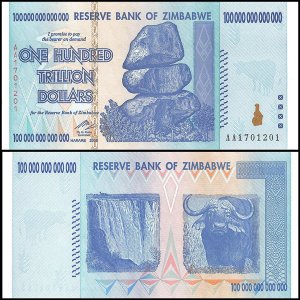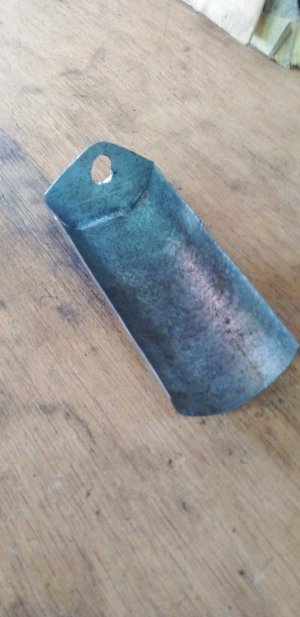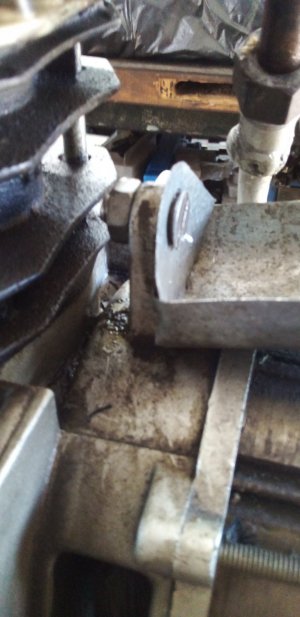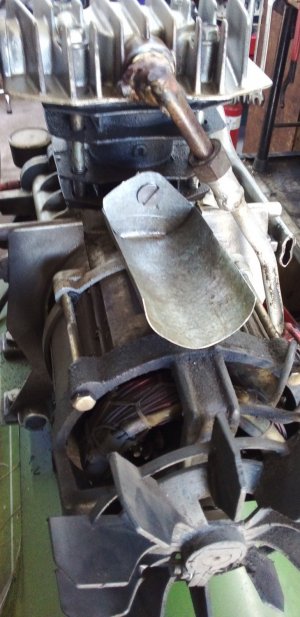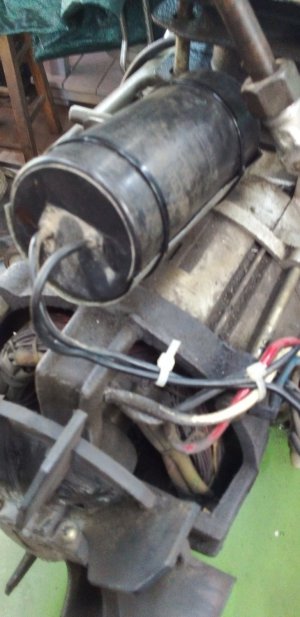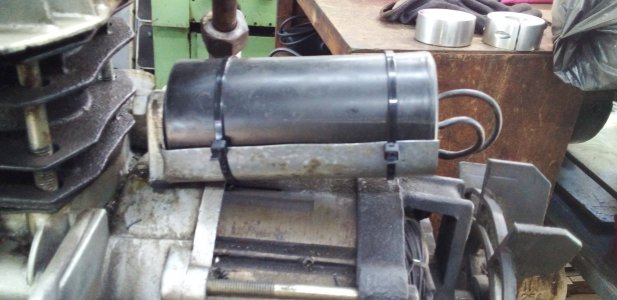- Joined
- May 27, 2016
- Messages
- 3,480
Yikes!I can buy a new one locally for R240(around $4), and I know it is not that much ...
I never knew that the Rand was going the way of the $Zim.
So about R180 gets you a loaf of bread? I know it makes me sound incredibly old, but there was a time I could change ONE Rand for 99cents of a Rhodesian Dollar, or half a British Pound. This would be at the railway station in Francistown Botswana.
Of course, Rhodesia became Zimbabwe, and their finance ministers apparently had no idea of how big was a million of anything! If one had such a thing as $1000 notes (they don't exist), made of normal thickness banknote paper, and you could stack them until you had a pile adding up to one trillion (you can't), they never figured the pile would be 65 miles high!
That note was worth $35 US dollars on the day of issue, and after 11 days, you would not care if you used it for toilet paper. Their currency collapsed completely, and to this day, one can use US dollars, Euros, and just about any other foreign currency instead.
[BTW - I once stood up against that pile of rocks for a photo
